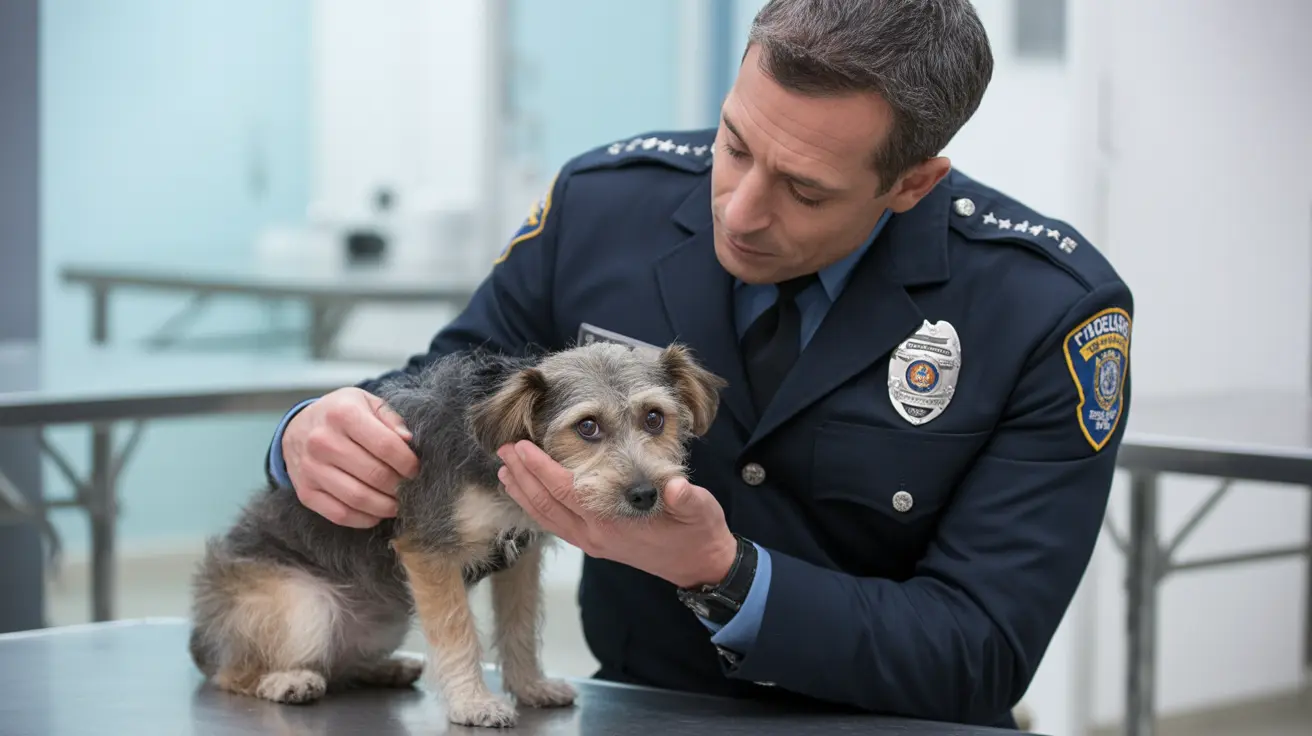Safe and Unsafe Bones for Dogs: What Every Pet Owner Should Know
Feeding bones to dogs may seem natural, but it's important for pet owners to distinguish between safe and hazardous options. While dogs instinctively enjoy chewing bones, not all types are suitable for their health. In particular, chicken bones can pose significant dangers and are best avoided.
Why Chicken Bones Are Dangerous
Chicken bones, whether cooked or raw, are thin and fragile. When bitten or chewed, they can easily splinter into sharp fragments, which can:
- Puncture or tear the mouth, throat, or digestive tract
- Cause internal bleeding or perforation
- Lead to intestinal blockages that may require surgery
Furthermore, raw chicken bones may carry bacterial infections such as salmonella or E. coli, potentially causing gastrointestinal upset or systemic illness.
Who Is at Higher Risk?
Puppies and small breeds are particularly vulnerable due to their smaller and more delicate digestive tracts. Even a small bone fragment can become lodged or cause significant injury.
What to Do if Your Dog Eats Chicken Bones
- Stay calm: Panicking may worsen the situation and stress your dog.
- Do not induce vomiting: Bringing the bone back up can cause more damage.
- Don’t force removal: Trying to remove the bone manually may push it deeper or hurt your dog.
- Monitor symptoms: Watch for gagging, vomiting, blood in stool, or signs of distress such as lethargy and bloating.
- Call your vet: Immediate symptoms warrant emergency attention. Otherwise, your vet may guide you to feed soft food like boiled chicken and rice or bread to help cushion passage.
Safe Alternatives to Chicken Bones
Instead of risky poultry bones, consider safer chew options for your dog:
- Raw, large beef or bison bones (e.g., femur bones): Less likely to splinter, but should be given under supervision.
- Commercial dental chews: Designed to scrape plaque and satisfy the need to chew.
- Nylon or rubber chew toys: Vet-approved and durable.
Avoid any cooked bones, as cooking makes them more brittle and prone to splintering regardless of type.
Signs of a Serious Problem
If your dog has eaten a bone and you notice any of the following, consult your veterinarian immediately:
- Choking or pawing at the mouth
- Excessive drooling or difficulty swallowing
- Vomiting (especially with blood)
- Blood in saliva or feces
- Hard or painful abdomen
- Lack of appetite, lethargy, or sudden behavior changes
Veterinary Intervention
Depending on the symptoms, your vet may perform:
- Physical examination and abdominal palpation
- X-rays or ultrasound to detect blockages or shards
- Fluid therapy to aid digestion and hydration
- Surgery in extreme cases such as gastrointestinal rupture or lodged bones
Preventing Bone-Related Incidents
Prevention is the best remedy. Follow these tips to avoid bone-related emergencies:
- Store food waste in secure, dog-proof containers
- Dispose of chicken bones promptly after meals
- Keep counters and trash bins out of reach
- Educate family and guests not to offer your dog bones
- Supervise pets during meals and offer safe alternatives
If Your Dog Grabs a Bone
Should your dog grab a chicken bone off the floor, avoid chasing or scolding them. Instead, distract them with a favorite treat to encourage dropping the bone voluntarily. Chasing may trigger a reflex to gulp the bone quickly, increasing danger.
The Bottom Line
Although dogs love to chew, not all bones are safe. Chicken bones are particularly dangerous and should never be offered, whether raw or cooked. Being informed, vigilant, and proactive means keeping your dog safe while satisfying their need to chew. Provide safe alternatives, supervise during feeding times, and always consult your veterinarian in case of accidental bone ingestion.





